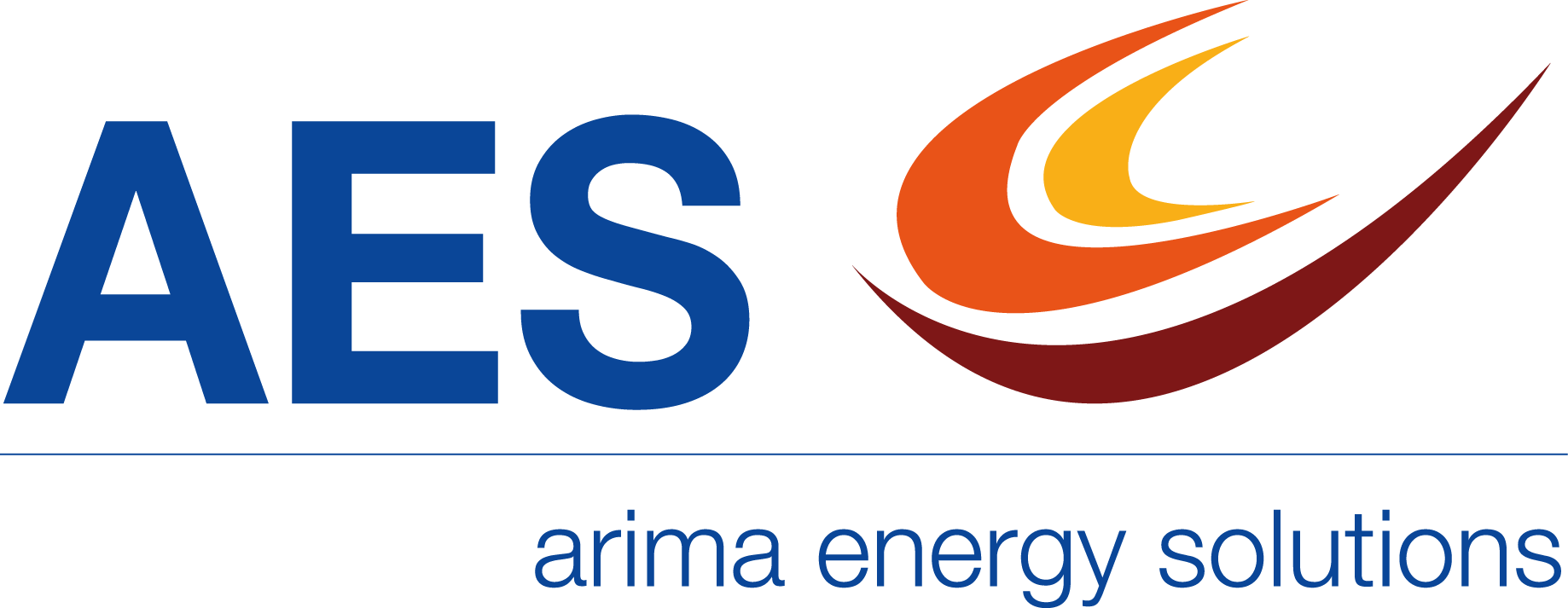
AVAILABLE FOR PNEUMATIC SUSPENSION
The ALMS is fully autonomous and automated load measurement system. The core of the system is on-board ALM computer. Special load sensors are providing information to the ALM computer for each axis.
The ALMS measures the load of each axis individually and then calculates the total weight of the composition as well as the weight of the cargo. There are two ways this information to be visualized and transferred:
- On a display in the cockpit:
- load on each axis (on display the driver will see the quantity of all axes);
- total weight of the composition (truck + trailer + cargo);
- current weight of the cargo.
- Via RS-232 interface to the server using Fleet Management System:
In this mode the information provided to server is current weight cargo. This way the office can control and monitor the status of the cargo and weight.

